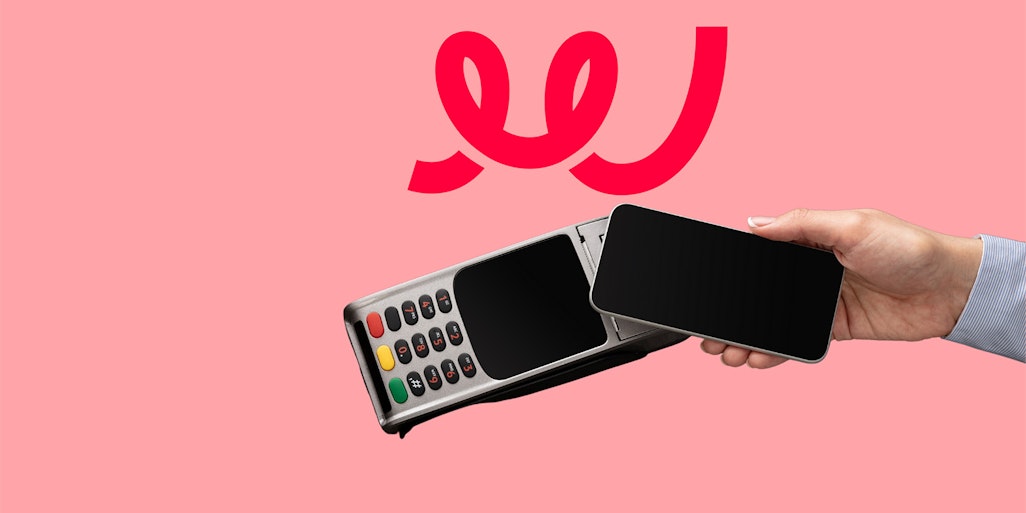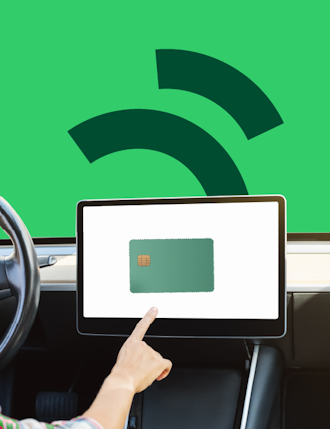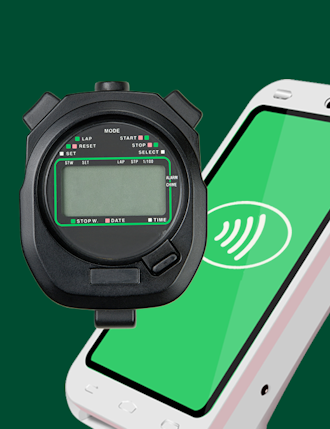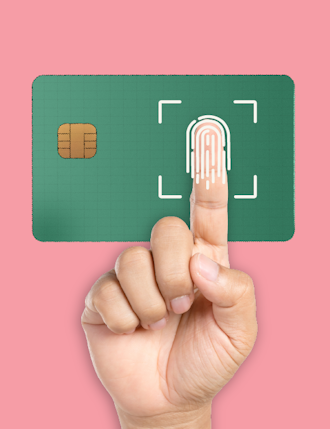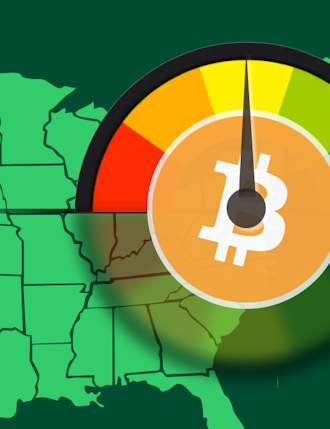It doesn’t take much foresight to recognize that the days of legacy countertop payment terminals are limited. The capabilities and cost advantages of smart POS systems are too compelling for merchants and service providers to ignore. But we’re in for a substantial period when the old and new must coexist side by side.
In the U.S., merchants long resisted efforts by card issuers and associations to move them toward advanced capabilities such as chip-based card and contactless card acceptance. In large measure, that resistance was due to the fact that upgraded systems really offered little in the way of benefits to merchants—it was the card issuers who stood to gain the most.
Smart POS is a different story. Movement toward open hardware and app marketplaces promise to transform the payment device into a compelling point of interaction (POI) between service providers, merchants, and consumers. Merchants can take advantage of a wide range of consumer-facing and business apps to become more profitable and able to offer new capabilities and services to please web- and mobile-savvy consumers.
Dynamic digital platforms
Acquirers and ISOs will face new demands to support flexible and dynamic digital platforms. They must be able to speed up and simplify the onboarding process. We should expect a future where merchants can order payment platforms online that can “call home” to initiate automated downloading of all security keys, configuration, and apps installation.
But merchant payment solution service providers must also learn new skills, as they will have to step up and become trusted consultants able to assemble and recommend suites of apps tailored to meet specific needs of different merchants. These smart POS platforms can provide omnichannel management, bilateral communication for monitoring and data collection, and orchestrated integration between different apps to ensure a seamless checkout process, so there’s a lot to learn.
Supporting old and new
No one should assume that merchants will march in lockstep to embrace these new capabilities. Early adopters are already on the move, but it will take time to win over the majority of smaller merchants. That means acquirers who step into the future must also keep one foot in the past by supporting both legacy terminals and smart POS.
At the management level, acquirers must provision and support the legacy devices that persist within their estates for an indeterminant period. But this challenge is also a great opportunity. There are plenty of “solution” providers that can deliver Android-based devices, but they don’t want to and are not cannot accommodate legacy devices and won’t attempt to.
Acquirers need an ecosystem that harnesseses the power of orchestration to seamlessly integrate both old and new devices within a unified agnostic management platform that can support both. That platform must provide open APIs that allow for smooth integration of legacy and smart POS devices within an estate, and the monitoring and reporting tools to ensure that management of the estate is relatively painless.
